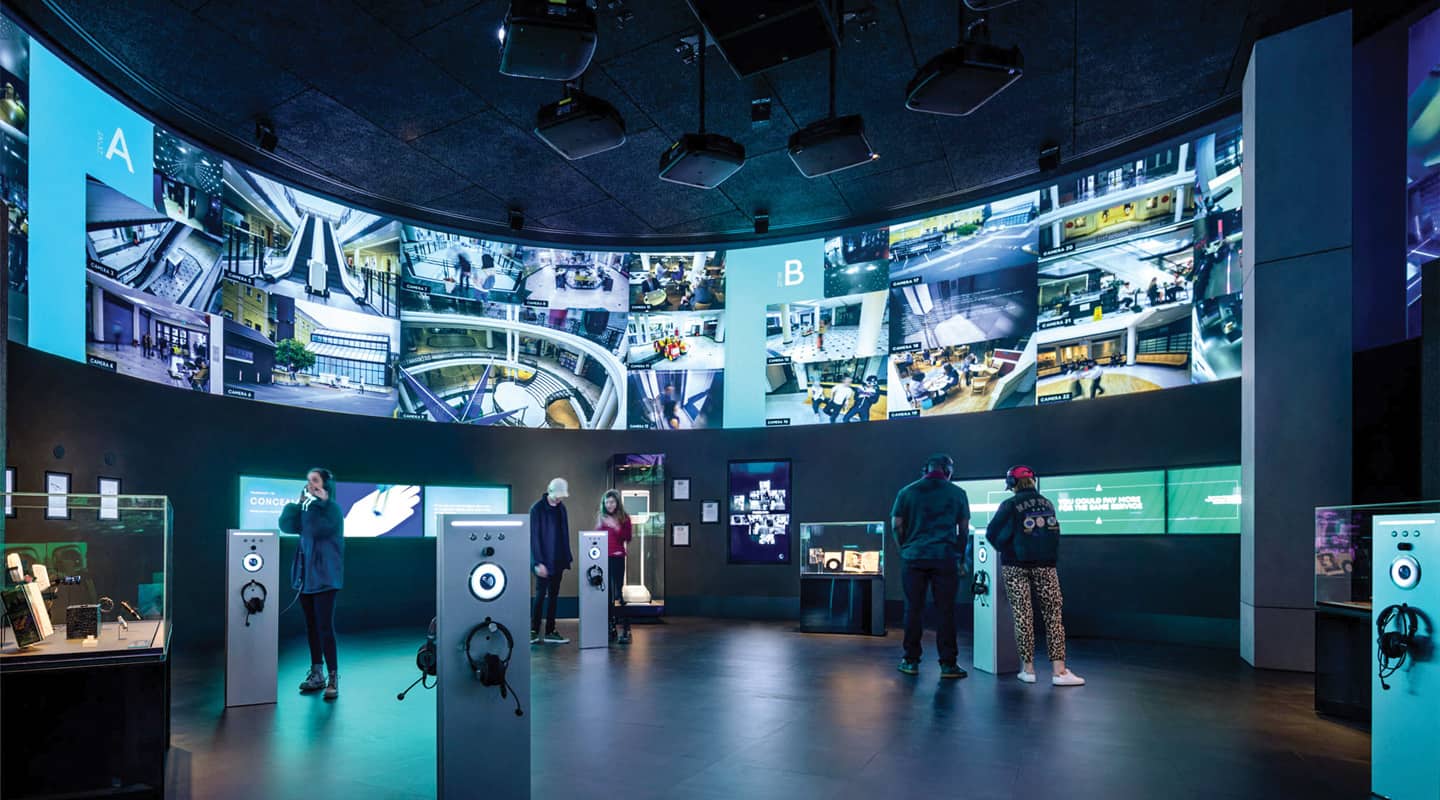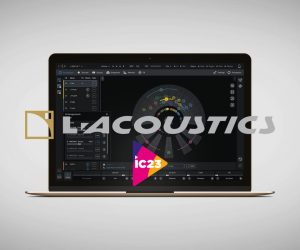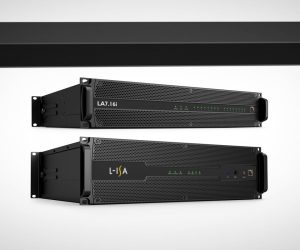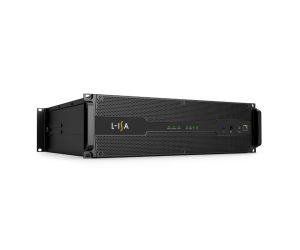
L-ISA: French Revolution
L-Acoustics pioneered the last major reinvention of the PA, now it’s confident it can do it all again.
Text:/ Mark Davie
L-ISA isn’t even technically on the market yet, and Guillame Le Nost, L-Acoustics’ Director of R&D on L-ISA, is already referring to stereo PA deployments as “the way it used to be”, “traditional”, and “stuck in a 50-year old configuration.” I guess everything looks nostalgic when you’ve poured the last few years of your life into developing the ‘next step’ in live sound technology.
L-ISA started as a research project with a team of three. By 2016, L-Acoustics finally had a “technology that could really offer productions a way to put the sound back at the centre of the show”.
L-ISA’S NEW FRONTIER, SPACE
You can read about Auditoria’s 360 L-ISA deployment elsewhere this issue, so I wanted learn more about what was in L-ISA’s immediate future and what’s pertinent to the fixed installation market. The L-ISA processor holds the key.
While L-Acoustics has had some spatialisation characteristics built in, the new version of the Processor “could be considered a room acoustics enhancement system,” said Le Nost. It’s not a room simulation engine like Meyer’s Constellation, designed to replicate a specific concert hall in your gymnasium. Rather, it’s about giving the system designer the ability to tailor room reverberation characteristics to the application. “If you’re in a very reverberant venue, you can just add a few early reflections and restrict its effects to a specific frequency range,” explained Le Nost. “Conversely, if you’re in a venue that’s really dry, you can add more diffusion and late energy. You can store those tweaked parameters as presets so a single space can have multiple use cases.
“Let’s say you have a fixed installation in a theatre, you could create a drier acoustic environment for a spoken word event on Monday, then switch it to a wetter preset for a chamber orchestra on Tuesday. It’s not replacing the sound engineer’s reverbs — like plate reverbs or their favourite Lexicon presets — it’s an enhancement of the space you’re in. It has an effect on all L-ISA systems, but the space effects work better if you have more extended deployment with surround speakers.”

PLUGGING INTO THE SYSTEM
As for the cost, well, L-Acoustics isn’t revealing its hand yet. The L-ISA processor is not technically for sale, yet, and doesn’t have a list price. Ecalle would rather discuss the overall deployment cost: “Another way to look at it is how much of a cost difference it is compared to a classic stereo deployment. Because the energy is spread out over five or seven arrays, you don’t need to dimension the clusters in the same manner. When you would deploy 12-16 K2 cabinets per side in a stereo configuration, you’re going to be working with 6-9 KARAs per cluster — more cabinets overall, but a smaller format. The average cost difference is between 25-30%, but can vary a lot from project to project.”
The team at L-Acoustics are bullish about L-ISA. Not arrogant, just confident they’re sitting on a game-changing technology that takes the conversation away from what sort of rigging pin setup a PA has, or minor spec bumps. They believe it’s an undeniable improvement over that “50-year old configuration” we’ve been “stuck” in for so long.















RESPONSES